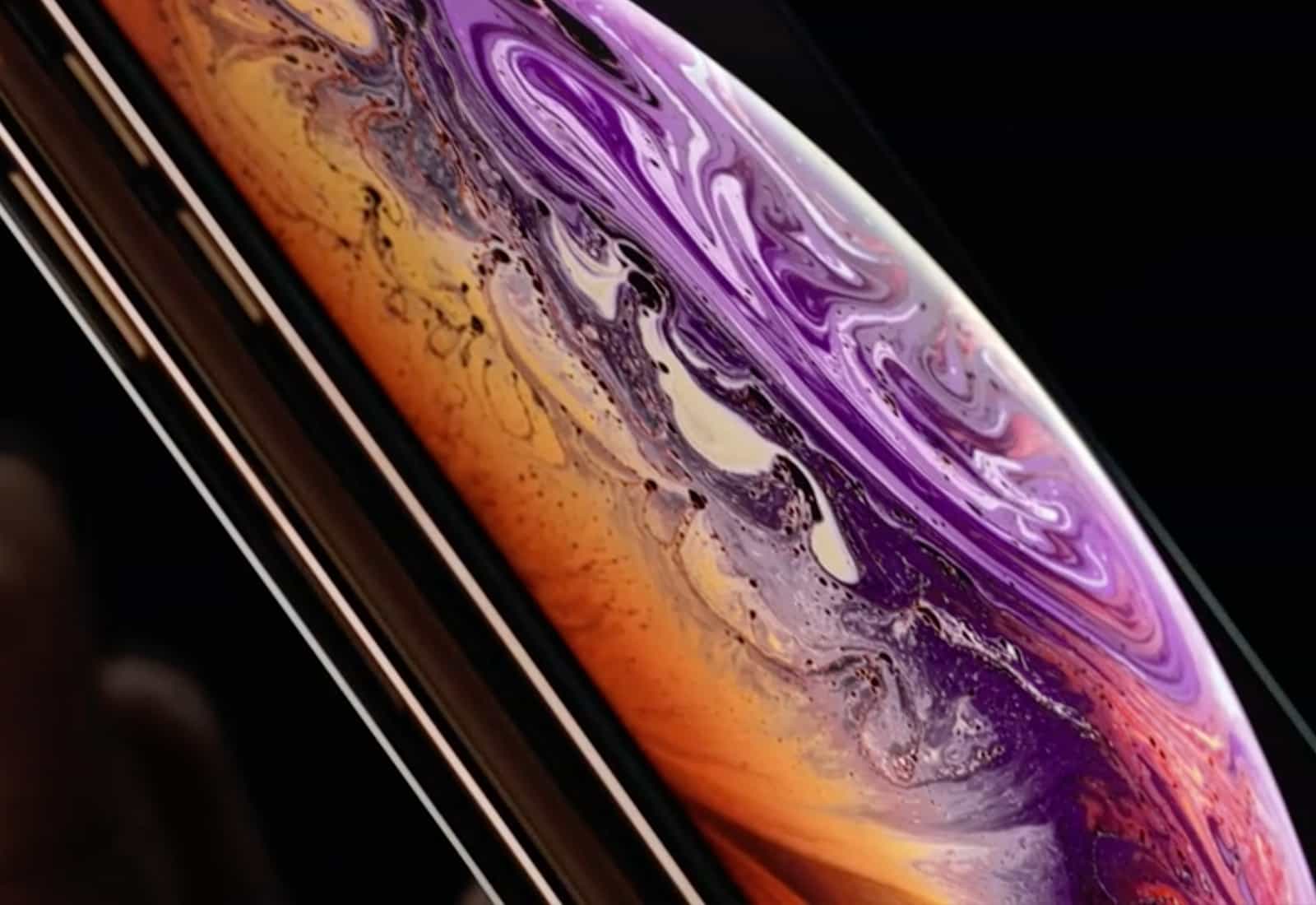Let’s not beat around the bush — the new iPhone names are a mess. “iPhone XS Max” sounds like a body spray for teenagers and the “XR” in iPhone XR means … well, not very much at all.
Today’s iPhones are an explosion of confused branding.
But the 2018 iPhones definitely aren’t the first time Apple products bore baffling, awkward or just plain rubbish names. Brace yourself for a repulsive refresher as we recount the worst Apple product names of all time.
Worst Apple product names
These days, the simple naming convention that Steve Jobs reintroduced when he returned to Apple in the 1990s is just a faded memory. But if you force yourself to revisit the long history of Apple product names, you’ll find plenty of clunkers — starting with a true numerical nightmare.
Performa 6117CD
Switching to a brand new type of processor is big news, which is probably going to trigger a whole lot of people to upgrade. So obviously you want to choose a name for your computer that is easy for people to remember, right? Try telling that to the folks who named the Performa 6117CD. Launched in late 1994, this was one of Apple’s first computer line to boast the new PowerPC processor, created by IBM and Motorola.
By this point, the Mac line was already horribly confused, with Quadra, Centris and Performa lines all existing as subcategories. (Seriously, we could fill this list with them, but what’s the point?) Making the 6117CD even more confusing was that it was exactly the same as the Performa 6115CD, but came with a bundle of financial software.
Imagine if your new iPhone XS Max could ship with some image editing app as the iPhone XP Photo. It wouldn’t make much sense — and neither did this.
Apple II EuroPlus and J-Plus
I can forgive this one a bit more easily than others on this list, since it landed during the pre-internet age when Apple was still in its infancy.
When Cupertino began moving into new markets in the late 1970s, it needed to do some localization to sell its products globally. In Europe, for instance, it needed to comply with local standards such as different voltage and video output signals. In Japan, it needed to support the Katakana script.
Rather than just keep the same branding and make the changes, however, Apple introduced names like the EuroPlus and J-Plus.
Given the number of markets Apple operates in today, we’re glad the company has long since ditched this practice. Otherwise, Apple completists would be off to Turkey to get the new iPhone TXS.
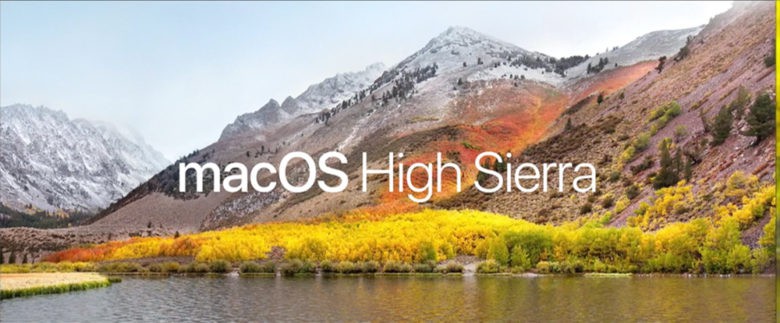
Photo: Apple
macOS High Sierra
Apple was running out of cats by the time it switched from Lion to Mountain Lion for macOS/OS X. We therefore totally understand why the company migrated to iconic California locations. This started with Mavericks in 2013, and continued with Yosemite, El Capitan, Sierra and … High Sierra?
OK, we get that it’s a real place and all, but it made us feel like we were living in a stoner comedy every day we booted it up. Apple should have held its Worldwide Developers Conference on 4/20 that year.
Twentieth Anniversary Mac
This one doesn’t really fall under the same category as the others. The Twentieth Anniversary Macintosh is a perfectly fine name for a (great) computer which came out 20 years after the launch of the iconic original 1984 Mac. Unfortunately, the TAM didn’t come out in 2004, but in 1997.
That was 20 years after the formation of Apple, but only 13 years after the Macintosh. This might sound kind of pedantic, but it bugged the hell out of me at the time. In my mind, this — rather than the Twentieth Anniversary Mac’s radical design or its outrageous price tag — is the reason it flopped.
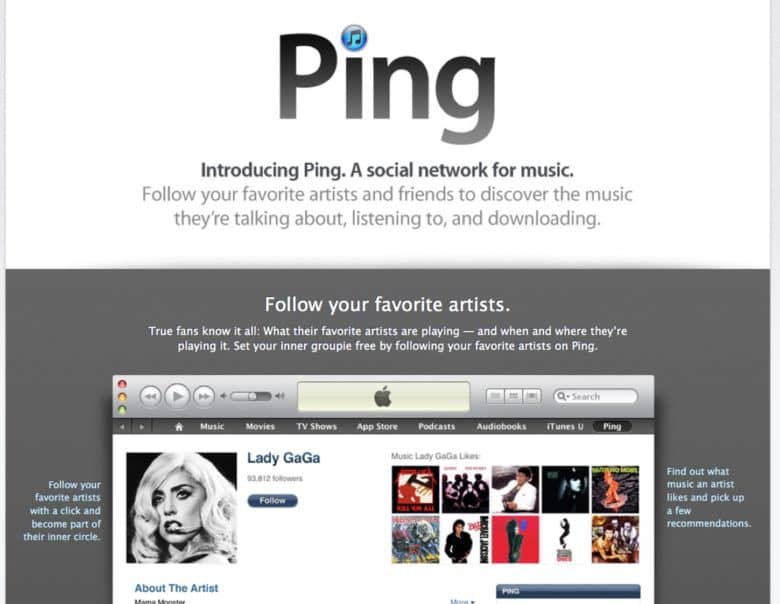
Photo: Apple
Ping
Lots of Silicon Valley companies use names that sound like the weird, onomatopoeic word balloons in a comic book. If they work, we quickly forget the silliness of the name. The problem with Ping, however, was that it felt like Apple trying to muscle in on the youthful cool of social networking brands.
Launched in 2010, Ping was supposed to let users discover new music and follow their favorite artists in a social way. But it never worked as well as promised — and felt less like true social media than an attempt to sell music by adding a veneer of social interaction on top of iTunes.
Its name, both generic and as hip as a dad listening to mumble rap, could only have been thought of by forty-something marketing execs sitting around in an airless room. It didn’t help that it sounded just like Microsoft’s Bing, either.
Pippin
Jef Raskin came up with the idea of naming Apple products after types of apples. His reason? He thought giving computers female names, like the Lisa, was sexist. The most famous example of his fruity obsession, of course, is the Mac — loosely named after Raskin’s favorite apple cultivar, the McIntosh.
After that, the concept was largely forgotten until 1996, when Apple created its ill-fated Pippin games console with Bandai. The name, styled after the Newtown Pippin apple, was needlessly cutesy. It sounded like a joke — and the console did nothing to change that.
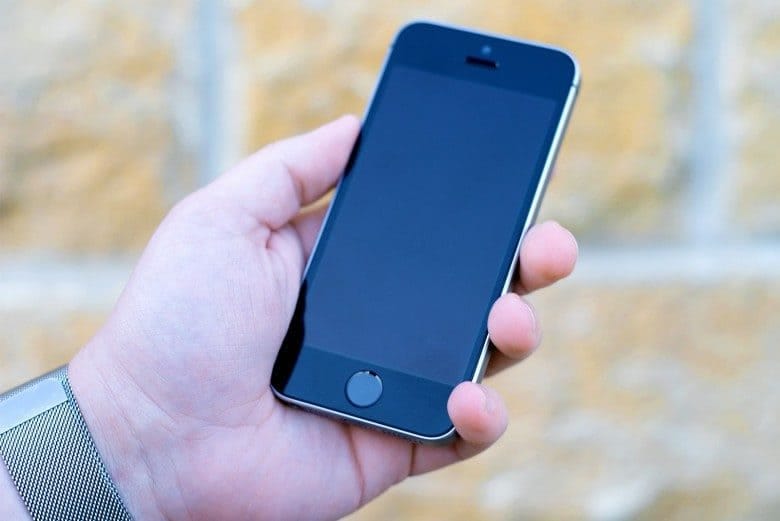
Photo: Ste Smith/Cult of Mac
iPhone SE
I’m with original iMac name creator Ken Segall on this one. The use of “S” version iPhones not only confused the iPhone line, but also made the intermediate iPhones feel like less of a big deal.
It wasn’t until the iPhone SE (a device I love, by the way) that it got really silly, though.
You can argue that the “C” in iPhone 5c at least meant “color” or “cheap,” but what did “SE” mean? And, if it was a smaller version of an existing product line, why not use the established “mini” suffix Apple invoked for the iPad? This was where iPhone naming rot truly came into play. And now the “SE” is gone, and we’ve got the equally nonsensical “XR” in its place.
Terrible Apple product names that almost happened
Macintosh SEx
Former head of the Mac division Jean-Louis Gassée once told Rolling Stone that he wanted tosex up the computer biz. “We must always give our user pure sex,” he said. “It’s like a rendezvous in the back seat of an automobile with a beautiful girl. One’s experience with the personal computer should be better than the greatest orgasm you could have.”
Well, quite! But Apple chickened out when it came to a machine that would have been called the Macintosh SEx. You see, according to Apple’s own naming scheme, “X” models were the “S” models of their day.
They came out as incremental upgrades to machines. Everyone was therefore amusedly waiting for the follow-up to Apple’s Mac SE. Sadly, I’m kind of cheating here — since Apple bottled it and decided to go with the SE/30 instead. It still counts, though, because the SE/30 (a great machine in its own right) ushered in a period of generic, nonsensical Apple names that nobody but hard-core fans could remember.
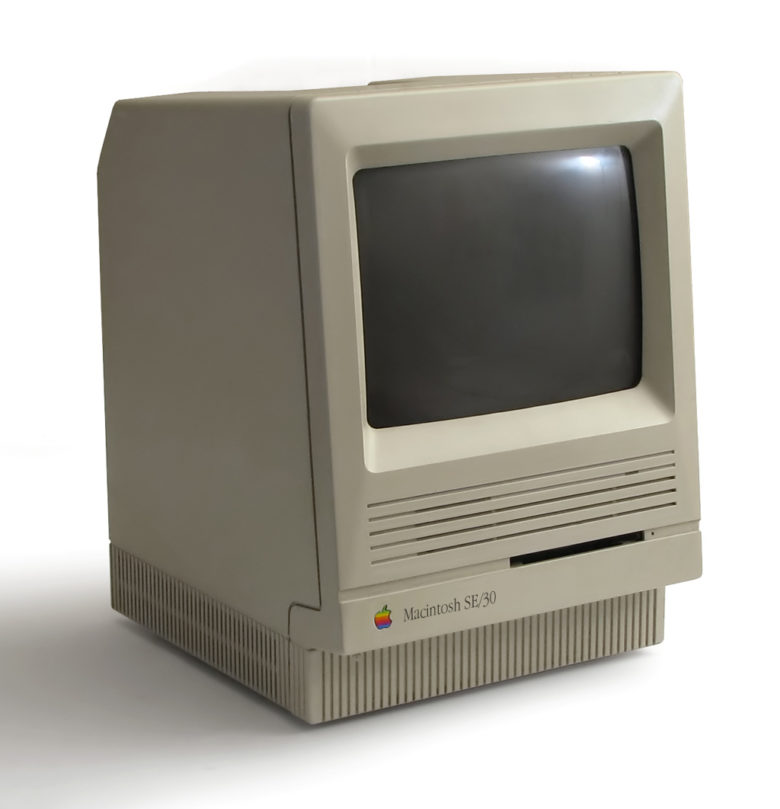
Photo: Danamania/Wikipedia CC
MacMan
The iMac was a brilliant reversioning of the Macintosh brand. But Apple’s breakthrough iMac G3 was almost called the “MacMan,” a terrible name we’re happy never saw the light of day. It’s not clear how close Steve Jobs actually came to using this name, but the people working on the iMac branding were certainly convinced it was a contender.
Last year, Phil Schiller actually tweeted about it after someone on Twitter mentioned an anecdote they’d read in my book The Apple Revolution (cheap plug!).
“Actually it was a joke between Steve and I,” Schiller tweeted. “It started after he said he wanted a name as great as Walkman.”
Other horrible Apple names?
We told you the craptastic Apple product names that drove us nuts over the years. What Apple device names make you want to puke? Drop your naming nightmares in the comments below.
